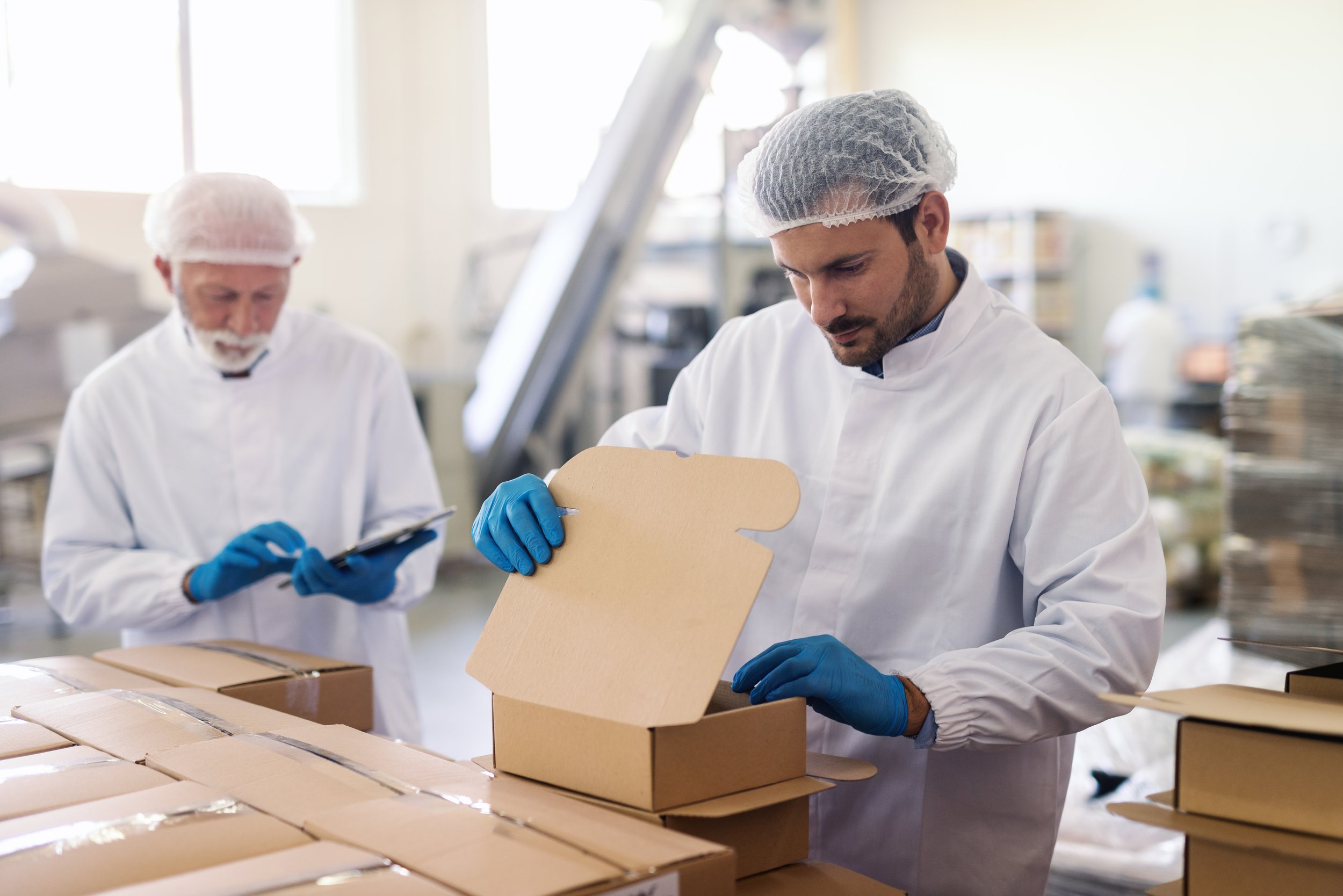40 Years in Food Logistics: How the Industry Has Transformed
The food logistics industry has undergone remarkable transformation over the past four decades, evolving from basic transportation and storage to sophisticated, technology-driven supply chain networks. At Five Star Logistics Inc., we've witnessed firsthand how these changes have revolutionized how food moves from farm to table, creating safer, more efficient, and more sustainable distribution systems.
The Cold Chain Revolution
One of the most significant advances in food logistics has been the development of comprehensive cold chain management. In the 1980s, temperature-controlled transportation was limited and often unreliable. Today's food logistics operations utilize advanced refrigeration technology, real-time temperature monitoring, and GPS tracking to maintain product integrity throughout the entire supply chain.
Modern cold chain logistics ensures that perishable goods maintain optimal temperatures from warehouse to delivery, reducing food waste by up to 30% compared to systems used decades ago. This transformation has enabled global food distribution networks that were previously impossible, allowing consumers to access fresh produce year-round regardless of season or geographic location.
Technology Integration and Digital Transformation
The integration of technology has perhaps been the most dramatic change in food logistics over the past 40 years. What began with basic inventory management systems has evolved into sophisticated platforms incorporating artificial intelligence, machine learning, and Internet of Things (IoT) sensors.
Warehouse management systems now optimize storage locations, predict demand patterns, and automatically reorder products based on historical data and seasonal trends. Fleet management technology provides real-time visibility into delivery schedules, route optimization, and fuel efficiency, reducing operational costs while improving customer service.
RFID technology and blockchain systems have enhanced traceability throughout the food supply chain, enabling rapid response to food safety issues and providing consumers with detailed information about product origins and handling.
Regulatory Compliance and Food Safety Standards
Food safety regulations have become increasingly stringent over the past four decades, driving significant improvements in logistics operations. The implementation of Hazard Analysis and Critical Control Points (HACCP) systems, FDA Food Safety Modernization Act requirements, and various international food safety standards have transformed how food logistics companies operate.
Modern food logistics providers must maintain detailed documentation, implement comprehensive sanitation protocols, and ensure complete traceability throughout the supply chain. These regulatory requirements have elevated industry standards, resulting in safer food products and reduced contamination risks.
Sustainability and Environmental Responsibility
Environmental consciousness has become a driving force in food logistics transformation. Companies now prioritize sustainable practices including route optimization to reduce fuel consumption, implementation of renewable energy systems in warehouses, and adoption of eco-friendly packaging materials.
The shift toward sustainability has also driven innovation in transportation methods, with many food logistics companies investing in electric vehicles, alternative fuel technologies, and carbon offset programs to minimize their environmental impact.
E-commerce and Direct-to-Consumer Delivery
The rise of e-commerce has fundamentally changed food logistics, creating demand for direct-to-consumer delivery services that didn't exist 40 years ago. Food logistics companies have adapted by developing specialized last-mile delivery capabilities, implementing sophisticated inventory management systems for smaller order quantities, and creating temperature-controlled packaging solutions for home delivery.
This transformation has required significant investment in technology, infrastructure, and training to meet consumer expectations for fast, reliable delivery of fresh and frozen products directly to their homes.
Looking Forward: The Future of Food Logistics
As we look toward the future, food logistics continues to evolve with emerging technologies like autonomous vehicles, drone delivery systems, and advanced predictive analytics. The industry's 40-year transformation demonstrates its remarkable ability to adapt to changing consumer needs, regulatory requirements, and technological opportunities.
At Five Star Logistics Inc., we remain committed to staying at the forefront of these innovations, ensuring our clients benefit from the most advanced, efficient, and reliable food logistics solutions available. The next 40 years promise even more exciting developments as we continue to revolutionize how food reaches consumers worldwide.

